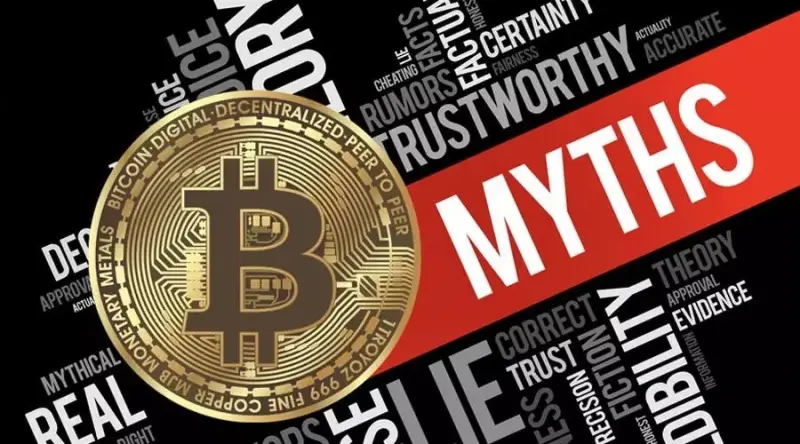Common myths about cryptocurrency mining
In this article, we'll cover a few common myths about cryptocurrency mining - whether about how mining itself works, or about the energy intensity of mining.

Myth 1: Miners calculate complex mathematical equations.
- The concept of "complex equations" is perfectly adequate for the general public. But if you are mining, or thinking about getting your first miner, it is a good idea to study the Proof of Work principle in more detail. Miners are, for example, "dumb" compared to graphics cards, but very powerful and fast. The ASIC miner (Application Specific Integrated Circuit) does nothing but "guess" the nonce code, which is 64 digits long. So it is more of a lottery than complex equations. A miner, such as the Antminer S19 XP, can send up to 141,000,000,000 "guesses" every second. We discuss this system in more detail in our article "How does cryptocurrency mining work?".
Myth 2: Cryptocurrency mining wastes electricity
- Bitcoin mining is an energy-intensive process. But the term "wasteful" is misleading. Bitcoin mining uses, according to the Cambridge Bitcoin Electricity Consumption Index (CBECI), 113.01 TWh per year, which is 0.51% of global electricity consumption. By comparison, the banking system that Bitcoin and other cryptocurrencies aspire to replace uses 56 times more than Bitcoin mining, according to research by Michel Khazzak in June 2022. The mining sector uses a larger share of renewable electricity to run than any other sector, more specifically, 59.5%, according to data from the Bitcoin Mining Council in Q2 2022. The most commonly used source for Bitcoin mining is electricity from hydroelectric power, natural gas that would otherwise be burned and vented, wind farms and nuclear power plants. Since miners are in the unique position where the cost of electricity is essentially the only cost of operation, they have a strong incentive to look for cheap sources of electricity, which they find in renewables. Thus, in practice, large miners seek out sites and build farms in countries such as Paraguay, Norway, the US or Russia, giving renewable power plant owners an extra incentive to build more.
Miners don't waste residual heat either
- Company Bitcoin Bloem, for example, uses the surplus heat from Bitcoin mining to heat a tulip farm in the Netherlands, for which it then gets paid, thus reducing its mining costs. Heating is one of the best ways to reduce costs so that mining makes sense i With surplus heat you can heat your family home or even your swimming pool. For example, our Silent Box will help you with heating and soundproofing.